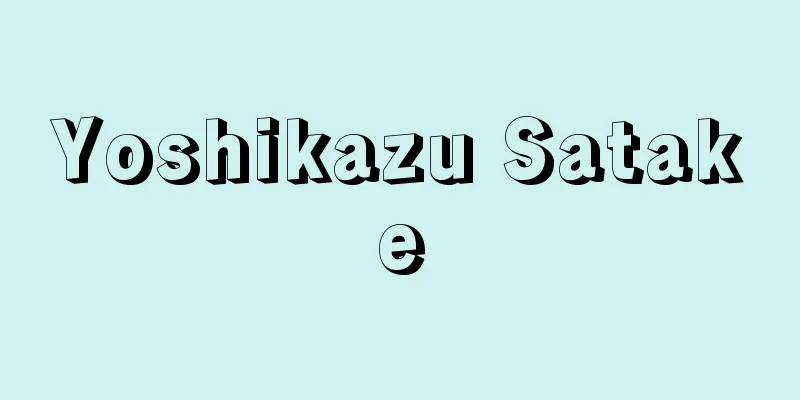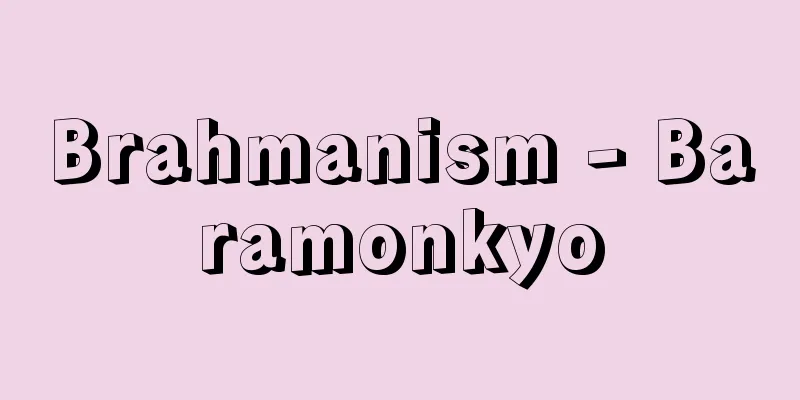Hangul - Hangul

|
The national script of Korea. When the script was first established, it was called "Hunminjeongeum," but it soon came to be called "Eonmong," a derogatory term in contrast to Chinese characters and classical Chinese. With the rise of national consciousness during the enlightened period at the end of the Joseon Dynasty, it came to be called "Kokumun," and the linguist Zhou Sijing named it "Hangul" (han = great, gɯr = letters), which is still used today. It is currently called Hangul in South Korea (Republic of Korea) and Chosongkull in North Korea. This script was created by order of King Sejong, the fourth king of the Joseon Dynasty, in 1443, and promulgated in 1446 in the form of a book called "Hunminjeongeum." It is a groundbreaking development in the history of world writing, as it analyzed the phonology of the Korean language at the time and artificially created characters corresponding to the extracted phonemes. This script is a phonemic script consisting of consonants and vowels, but also has the property of a syllabary, which allows it to be written in syllable units. It also shows a new understanding of syllable structure, which was not seen in Chinese phonology at the time, dividing a syllable into three components: initial (initial consonant), middle (vowel), and final (final consonant). At the time of its establishment, there were 28 characters in total, 17 consonants and 11 vowels, but as a result of subsequent phonological changes, there are now 24 characters in total, 14 consonants and 10 vowels. The principle of creating consonants is that for each of the consonant classifications in Chinese phonology (which can be said to be classifications by articulation position), basic characters are determined by the pictographs of the speech organs, and variants due to differences in articulation style are created by adding strokes and parallel writing. For vowels, three basic characters are determined by symbolizing the principles of Neo-Confucianism, and other vowels are created by combining them in a contrasting way. The contrast in the combinations corresponds to the opposition between the two series of vowels that formed the vowel harmony that existed in the language at that time. After the creation of the characters, Buddhist scriptures, Buddhist scriptures, and many other books were published in this script. The Korean people are very proud of this script, and in South Korea, October 9th is designated as "Hangeul Day" and a national holiday to commemorate the promulgation of the Hunminjeongeum by King Sejong. [Hiroyuki Umeda] [Reference] |©Shogakukan "> List of Hangul consonants and vowels Source: Shogakukan Encyclopedia Nipponica About Encyclopedia Nipponica Information | Legend |
|
朝鮮の国字。文字制定当時は「訓民正音」という名でよばれたが、ほどなく漢字漢文に対して「諺文(オンモン)」という卑称でよばれるようになった。李(り)氏朝鮮王朝末期の開化期の民族意識の高揚とともに「国文」とよばれ、さらに国語学者周時経が「ハングル」(han=大いなる、gɯr=文字)と命名し、今日に至っている。現在は韓国(大韓民国)でハングル、北朝鮮でチョソンクルとよんでいる。この文字は、1443年李朝第4代国王世宗の命によってつくられ、1446年に『訓民正音』という書物の形で公布されたもので、当時の朝鮮語の音韻を分析し、抽出された音素に該当する文字を人工的につくりだした、世界の文字史上画期的なものである。この文字は子音字と母音字とからなる音素文字であると同時に、音節単位でまとめて表記するという音節文字的性質も備えている。また、そこに、音節を初声(頭子音)、中声(母音)、終声(末子音)の三つの構成要素に分けるという、当時の中国音韻学ではみられなかった音節構造の新しい把握がみられる。制定当時は子音字17、母音字11で合計28字であったが、その後の音韻変化などの結果、現在は子音字14、母音字10の計24字である。子音字の制字原理は、中国音韻学の子音分類(調音位置による分類といってよい)のそれぞれに、基本字を音声器官の象形によって定め、そのなかの調音様式の違いによる変種は加画および並書(へいしょ)という方法でつくりだされる。母音字は、性理学的原理を記号化することによって三つの基本字を定め、それを対照的に組み合わせることによって他の母音字がつくられている。その組合せの対照性は、当時この言語に存在した母音調和を形成する2系列の母音の対立と一致する。文字創製後、この文字により仏典、経書その他多くの書物が刊行された。朝鮮民族はこの文字に強い誇りをもっており、韓国では世宗の訓民正音公布を記念し、10月9日を「ハングルの日」とし、祭日に定めている。 [梅田博之] [参照項目] |©Shogakukan"> ハングルの子音字・母音字一覧 出典 小学館 日本大百科全書(ニッポニカ)日本大百科全書(ニッポニカ)について 情報 | 凡例 |
>>: Anna Mihaylovna Pankratova (English spelling)
Recommend
Risotto
...There are said to be more than 100 different k...
Paper Plates - Kamizara
…Paper containers were used to store and protect ...
Boutroux (English spelling) Émile Boutroux
French philosopher. He criticized science from th...
Guillén, Nicolás
Born: July 10, 1902 in Camaguey [Died] July 16, 19...
Vigiles
…Some information is known about the Roman fire b...
Gas gangrene
(5) Gas gangrene DefinitionGas gangrene is a fatal...
Literary figures review - Bundanjinbutsuhyoron
Literary criticism by Masamune Hakucho. This is a ...
Oracle Bone Science
A field of study that aims to elucidate the cultu...
Se - Shitsu
A stringed instrument used in Chinese gagaku musi...
Phenylketonuria
[What kind of disease is it?] This disease is inhe...
Wake no Kiyomaro
A nobleman from the end of the Nara period to the...
Eris [Islands] - Eris
Tuvalu is an archipelago consisting of nine atolls...
Onganía, JC (English spelling) OnganiaJC
… [Conflict between Peronists and anti-Peronists]...
Yang Guozhong
Prime minister of the Xuanzong Dynasty of the Tan...
King, Cecil
…On the other hand, the achievements of modern sc...









![Yame [city] - Stop](/upload/images/67cd0fe8a975b.webp)